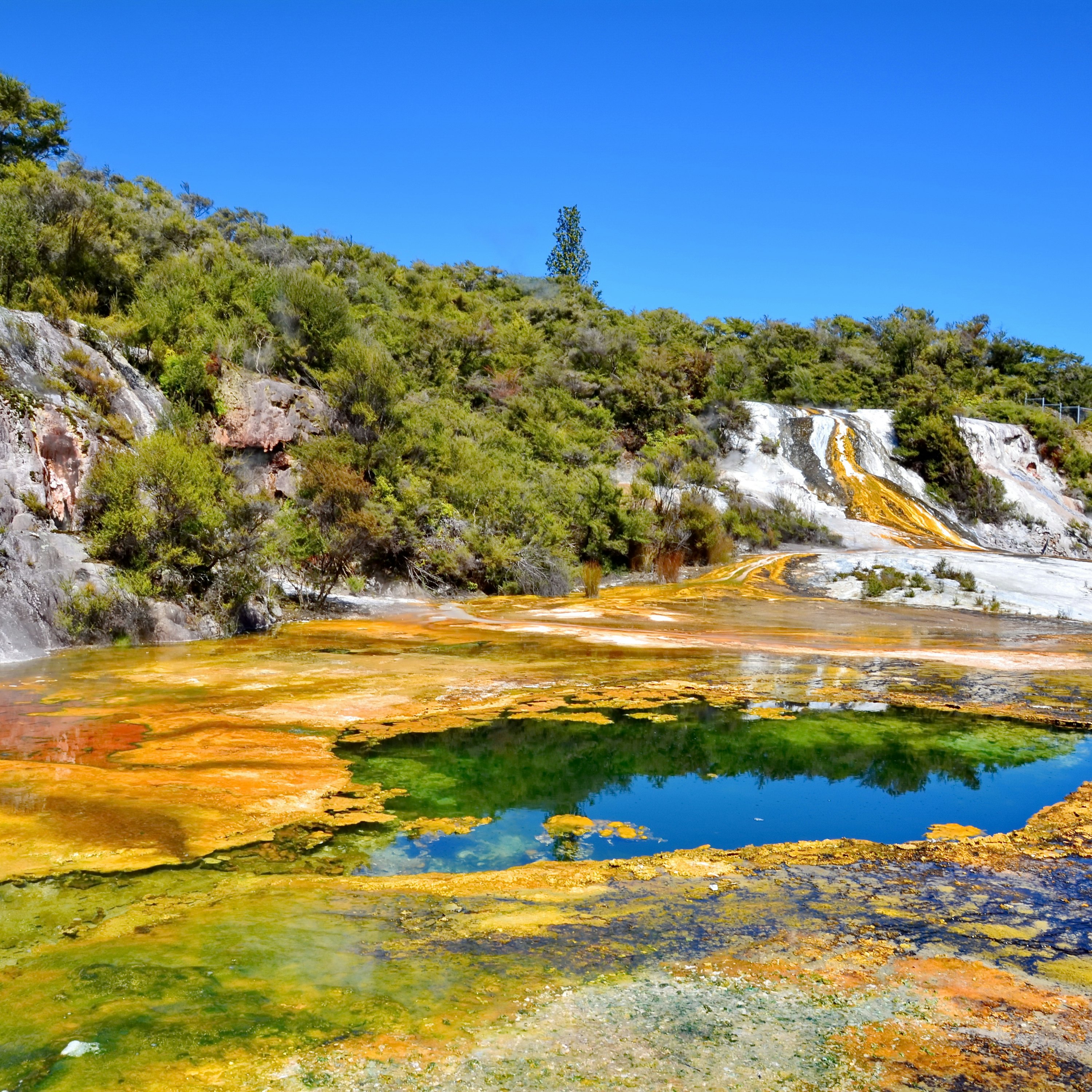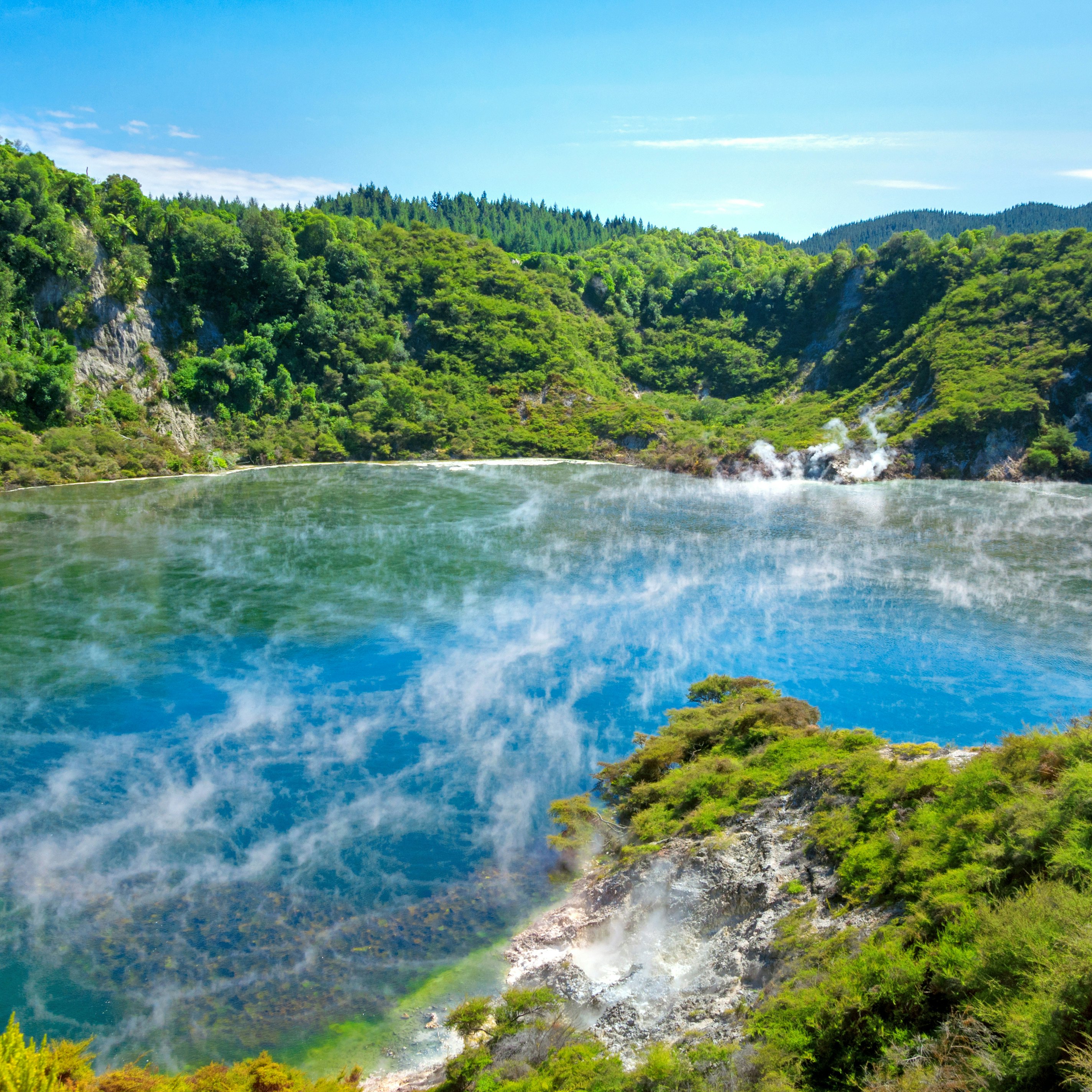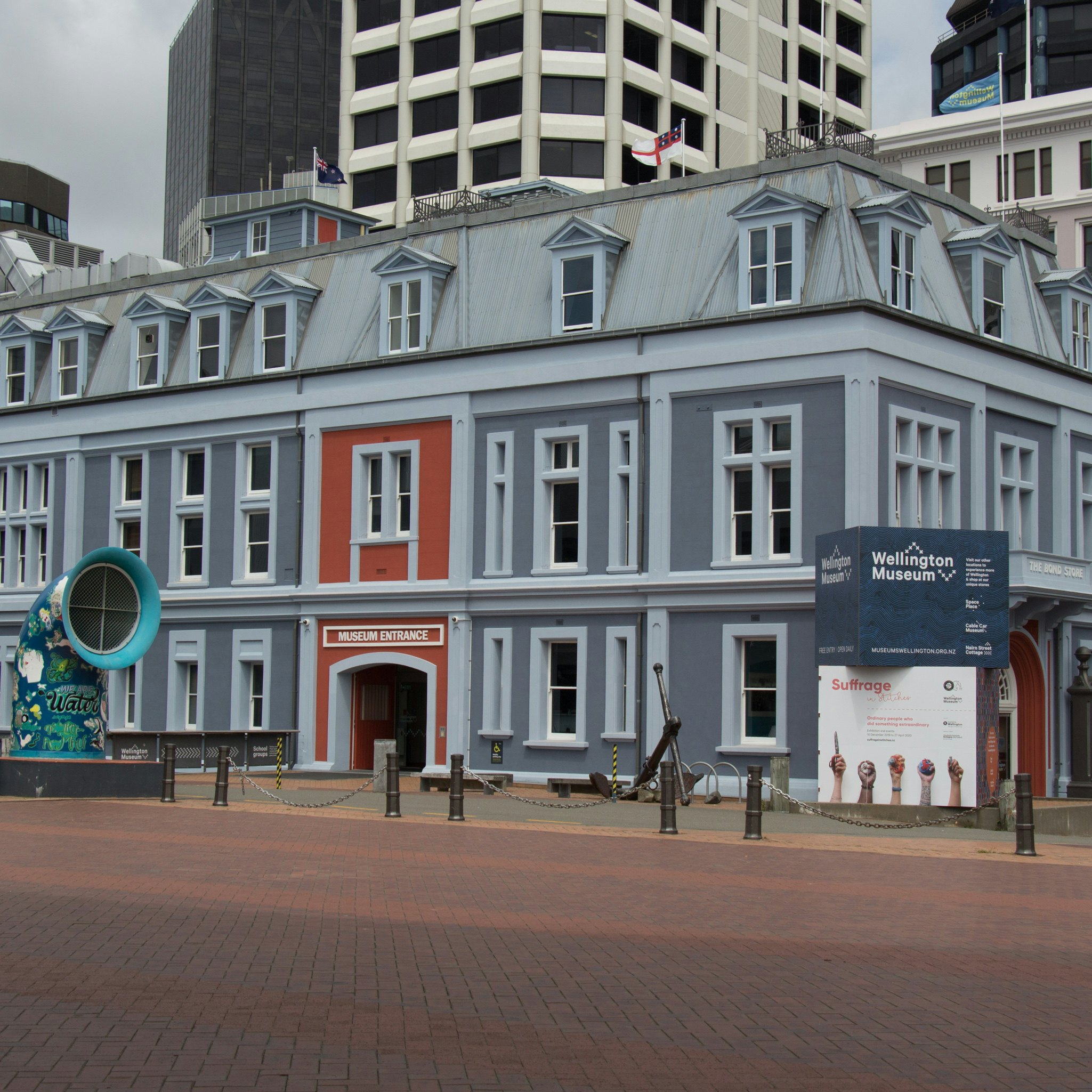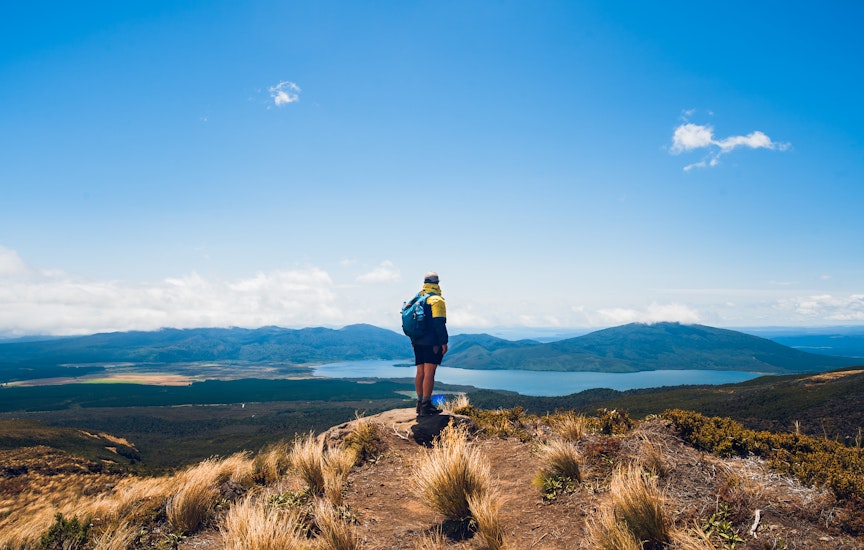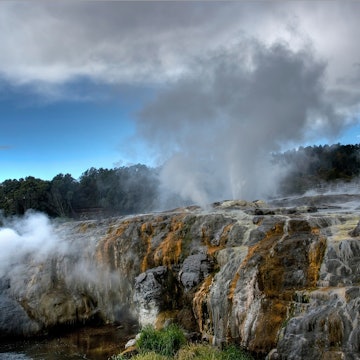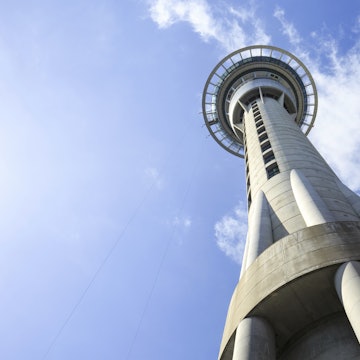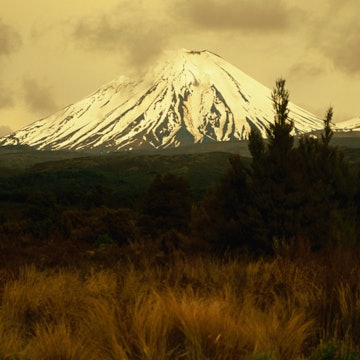

Pete Seaward
Overview
Packing in cosmopolitan cities, authentic opportunities to experience Māori culture, and the country’s bubbling volcanic heart, the North Island is an exceedingly versatile destination.
Leave the planning to a local expert
Experience the real North Island. Let a local expert handle the planning for you.
Must-see attractions
Get a book. Get inspired. Get exploring.
in partnership with getyourguide








